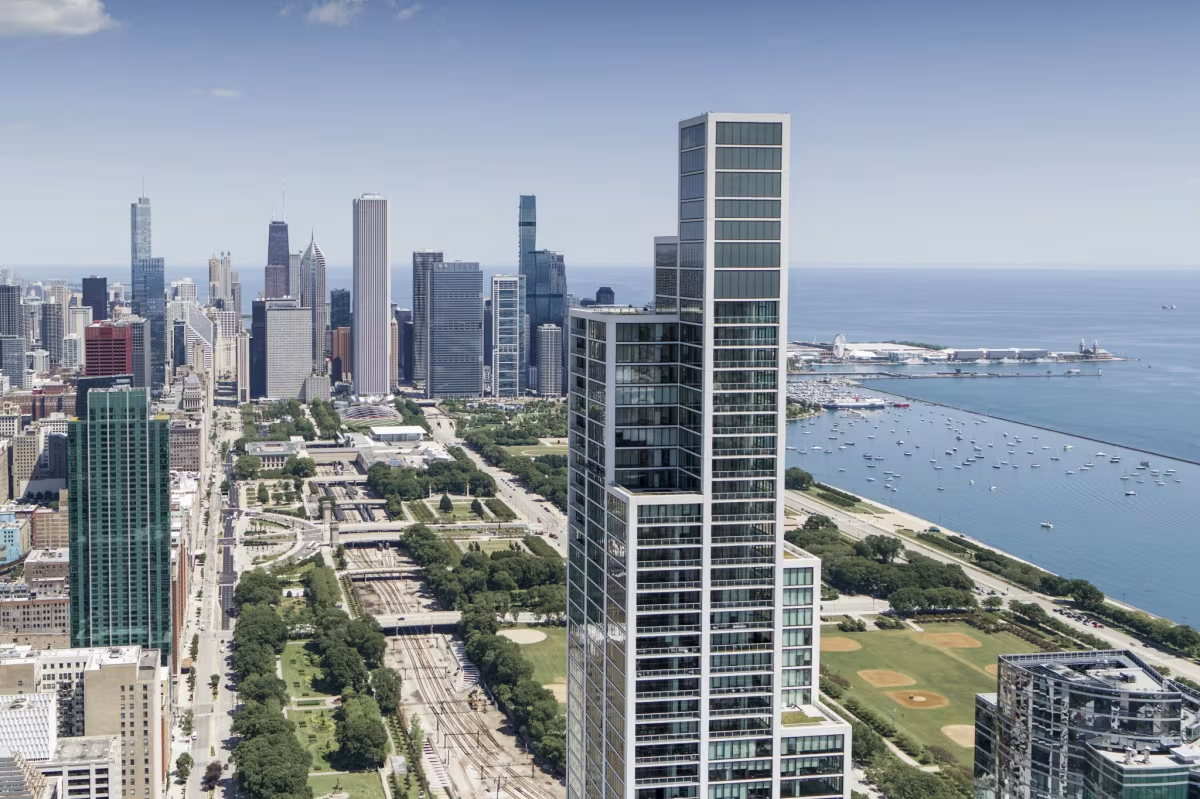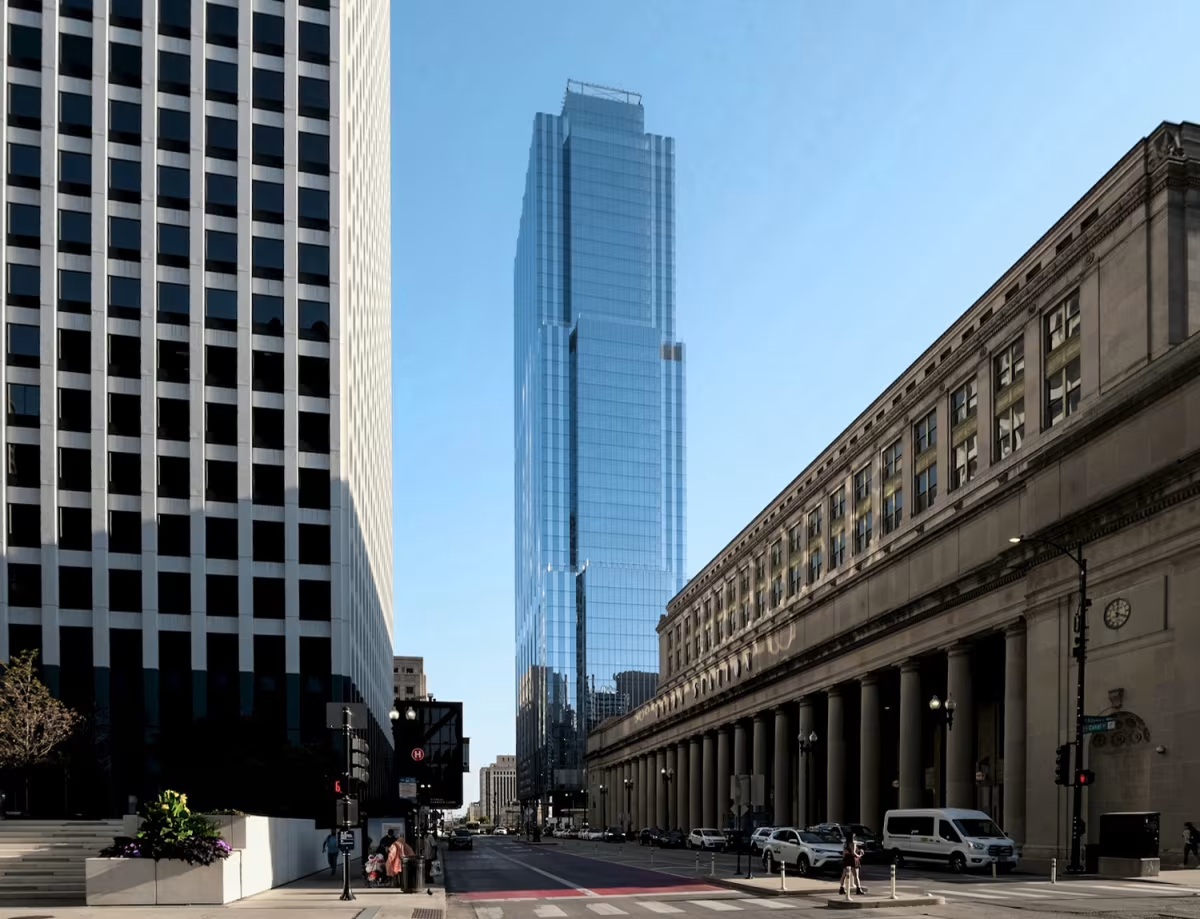NEMA Chicago Building vs BMO Tower


Comparing the NEMA Chicago Building and the BMO Tower is interesting because they both stand in Chicago, IL, and were completed within 2 years of each other, but they were designed by different architects.
This offers a unique glimpse at how rival designers approached projects in the same city during the same era.
Height & Size
The NEMA Chicago Building is clearly the larger tower of the two, both in terms of height and number of floors. It rises to 896ft (273m) with 81 floors above ground, while the BMO Tower reaches 728ft (222m) with 51 floors above ground.
Despite being taller and having more floors, NEMA Chicago Building has less total built-up area than BMO Tower.
Of course, each project may have faced different briefs or regulatory constraints, which we don't really know about and could also explain the outcome.
Architectural Style
Both the NEMA Chicago Building and the BMO Tower were designed in line with the aesthetic conventions of the Contemporary style.
At the time, this style was at the height of its popularity. So both Rafael Viñoly and Goettsch Partners followed what was in many ways expected of them, producing designs that fit comfortably within contemporary architectural norms, rather than breaking with convention.
Uses
The NEMA Chicago Building is primarily residential, while the BMO Tower is primarily commercial.
The NEMA Chicago Building offers 800 residential units.
Both towers provide significant parking capacity, with NEMA Chicago Building offering 500 spaces and the BMO Tower offering 324.
Structure & Facade
Both towers share the same structural solution, a Frame system.
A frame structure uses a grid of columns and beams to carry the building's loads. This frees the walls from structural duties, allowing for flexible floor plans and larger windows.
However, when it comes to the facade, both buildings use different approaches. The NEMA Chicago Building uses a Window Wall facade, while the BMO Tower uses a Curtain Wall facade.
A Window Wall facade like the one seen in the NEMA Chicago Building uses panels fitted between floor slabs, leaving slab edges visible, while a curtain-wall facade like the one seen in the BMO Tower uses a lightweight glass curtain wall hung from the structure.
| NEMA Chicago Building | BMO Tower | |
|---|---|---|
| Rafael Viñoly | Architect | Goettsch Partners |
| 2015 | Design Ended | 2018 |
| 2017 | Construction Started | 2019 |
| 2019 | Year Completed | 2021 |
| Contemporary | Architectural Style | Contemporary |
| Residential | Current Use | Commercial |
| 81 | Floors Above Ground | 51 |
| 273 m | Height (m) | 222 m |
| 122760 | Built-up Area (m²) | 161651 |
| 102,193 m² | Usable Area (m²) | 140,000 m² |
| Frame | Structure Type | Frame |
| Reinforced Concrete | Vertical Structure Material | Concrete And Steel |
| Reinforced Concrete | Horizontal Structure Material | Poured Concrete Over Metal Decking |
| Yes | Facade Structural? | No |
| Glass And Steel | Main Facade Material | Glass, Steel |
| James McHugh Construction Co. | Main Contractor | Clark Construction |
| Crescent Heights | Developer | Riverside Investment & Development |
| Schindler | Elevator Company | Kone |
| Magnusson Klemencic Associates | Structural Engineer | Magnusson Klemencic Associates |
| IL | State | IL |
| Chicago | City | Chicago |
| 1210 South Indiana Avenue | Address | 320 South Canal Street |